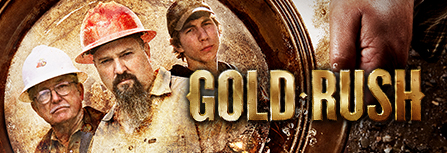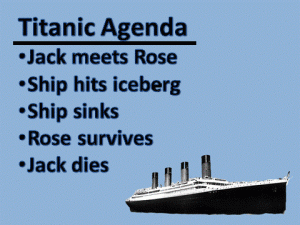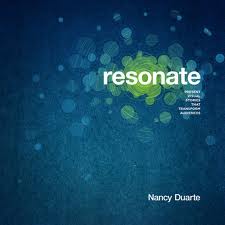I have a long running debate with some professional colleagues about the value of the “information update” presentation.
Some of them swear by it; teaching it to their corporate clients’ employees, providing a format and structure and spending precious classroom time practicing it. They say that their clients specifically ask them to teach it, so their employees will be able to more effectively report on the progress they have made toward their assigned business goals.
I can’t really argue with that, but to me it’s kind of like hoping your son grows up to be a fast food fry cook. He’ll be gainfully employed, but hardly making the most of his opportunities and talents.
The information update is simply the lowest form of presentation. There is nothing really wrong with it, except that it is a gross waste of time, attention and opportunity.
If you have ten people in a meeting, and eight of them each gives an information update that takes about five minutes, by the time you get through the session, with the unavoidable wasted time between reports, you’ll have squandered nearly a collective full day’s work, for something that could have been accomplished in a fraction of the time with email.
And that’s something you want to teach people to do?
If you’re going to teach presentation, why not teach what presentation does best? Not just present the information, but tell us what it means.
Teach them how to present an effective argument, proposal or conclusion. Teach them how to use presentation to persuade, motivate or inspire. Teach them how to influence others through powerful storytelling. Teach them how to lay out a rock solid argument that anticipates and disarms objections. Teach them how to present themselves, their employers, their products and services effectively in conversational networking situations.
Teach them how to make the most of every opportunity to accomplish something useful with the time and attention they have been granted.
{ 1 comment }










